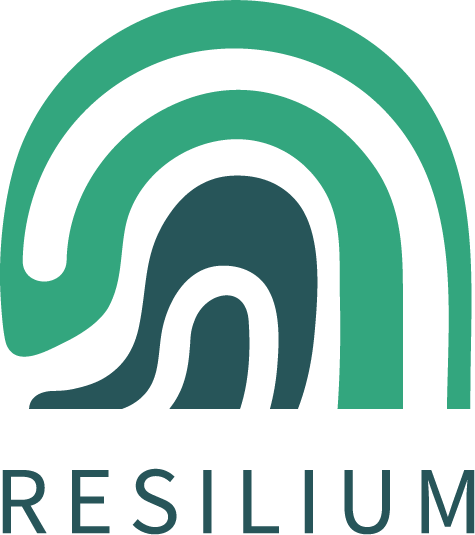The barrier maturity model
Many organisations have adopted the idea of barrier management in safety. Many are also searching for ways to take a next step. With the barrier maturity model you can determine where your organisation currently is and see which steps can be taken to mature to a higher level of barrier management.

Many organisations have adopted, or want to adopt, the idea of barrier management in safety [1]. Many are also searching for ways to take a next step. The barrier maturity model is a simple way to first determine where your organisation currently stands and then see which steps can be taken to mature to a higher level of barrier management.
The barrier maturity model has four main levels
- Pre barrier level
- Static barrier level
- Dynamic barrier level
- Operational barrier level
Each level represents a different type of maturity in an organisation. The levels do not necessarily follow each other in a linear way but in an effective barrier-based risk management system, all levels should be present. Especially the dynamic and operational level tend to work together. It is useful to have these levels because it allows us to discuss how we can transition to a next level to further adopt and integrate barrier management into the way of thinking and dealing with safety.
Pre barrier level
The current approach for many organisations is to focus on risk matrices instead of barrier management. This is the case in more traditional approaches using an excel sheet with a single column describing barriers (or control measures). The main point of the sheet is to show that the inherent risk level has been brought down to an acceptable residual risk. This is of course useful, but the barriers do not have a central role and are not fleshed out in much detail.
How to progress
To get to the next level, a model has to be chosen which puts more emphasis on analysing the barriers in a structured way. We typically use a bowtie diagram for this purpose, but you can choose a different model if you prefer. As long as it allows you to analyse which barriers you need and how you plan to maintain them.
Static barrier level
Most organisations that work with barrier management are at this level. Risk scenarios and associated barriers are analysed in a structured way. This helps to identify high risk areas where improvements should be made. It then results in an improvement plan which is the primary outcome of the analysis. However, often the reports themselves are shelved and nobody looks at them again until the next risk review. The problem is that this is not a continuous process but merely a snapshot at the time of the analysis. A report is made and hopefully communicated to the right stakeholders, but the analysis is not used for anything more.
How to progress
The main problem is not the analysis itself, it's that no data is connected to show the current status of the barriers. Why would someone look at a model if the information it provides is always the same? To move to a more dynamic view, an overview of the available data related to the barriers has to be made. This can then be connected.
Dynamic barrier level
Some organisations are actively monitoring the performance of their barriers over time. This is done through various data sources. Incidents and audits are commonly used, but the maintenance system, competence management, permit to work or sensors can all provide valuable data that can be mapped onto barriers.
How to progress
The challenge to get to the highest level of barrier maturity is to package the dynamic information in the right way to aid decision-making. This can be in the operation, as well as on a corporate level.
Get an overview of who needs to make which decisions, and what type of information they need to help make that decision. If you are working in a high risk environment, what type of information would help you make a risk critical decision?
Operational barrier level
Organisations should provide the right barrier information at the right time to the right person to make the right decision. This is the final stage of the barrier maturity model. To achieve this, talk to people in high risk departments. Understand what their daily routine looks like and how this routine can be enhanced by providing timely barrier (performance) information. The main challenge is to fit this information in so it adds maximum value and a minimum of extra workload. The result might look very different from the original barrier analysis, but that's ok. That just means you put in the effort to transform the information into something useful.
Few organisations have reached this level of maturity. We think the main reason is not a technical issue. It's often difficult for people to understand what is needed by other people that have a different role in the organisation. Instead, assumptions are made about what would be useful which don't match with reality. To understand what is needed requires a high level of trust, cooperation and communication that is often lacking.
Conclusion
The barrier maturity model is a roadmap that can be followed by organisations that want to take the next step in barrier management. It's of course possible to take a different route, for instance to communicate static barrier information to the operation directly. This can even make it easier to mature barrier management, because you can have results sooner and keep the momentum going. However, to fully implement barrier management it's necessary to eventually go through all four levels. There is more to say on the details of each level and the path that can be taken to go from one level to the next, but we will write more on this in future articles. Stay tuned!
Photo by Gabriel Jimenez on Unsplash
see the Petroleum Safety Authority for more background ↩︎
